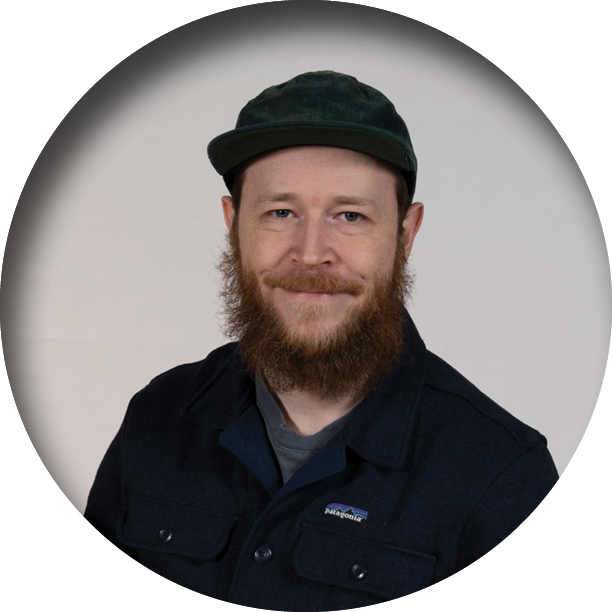Oct 28th, 2021
Business Insights
Fresh but Familiar
Written by: Max Hoaglund, Senior Technology Lead
Any manager, software developer, or product owner knows the difference in feeling between a brand new project and one that’s been running for 8 months or 3 years. A brand new project feels wide open - nothing has yet assumed its final form, and nothing has been optimized. All the humans attached to the engagement have their radar on full alert - trying to know what to expect, trying to predict and avoid mistakes (their own and those of others), trying to adapt their communication. There’s no CI/CD and no documentation. There’s a small surplus of motivation and no real arguments have occurred yet. It’s weird but good.
Once a project runs for a while, it can change texture pretty radically. The project probably has a mixture of accolades, scars, and barnacles after about month 6. The boat has been repaired at sea a time or two and everybody aboard knows what trouble and triumph both feel like. This is also basically weird but good - weird, good, more solid, more consistent, less open, maybe even less exciting. Alertness has fermented into awareness, anxiety has boiled down to concern, exploration has mostly been replaced by execution, and you’ve made enough documentation to make you wonder if anyone will ever read it.
With these two heavily-generalized situations described, I’d like to introduce two questions that we think and talk about a lot at Clientek.
-
How do you best deliver on your role and responsibilities at each point in time? How does that change?
-
How do you benefit from the time that passes, building on practice and familiarity?
These sibling questions are best discussed together. The version of you that started your project experiences the passing of a long series of moments and eventually turns out to be the version of you that occupies your project now. You’ve had to deliver your best in every moment, and the list of ways to ensure those individual deliveries is long and partially enumerated by other articles; this article means to look at opportunities and characteristics in the overall time gradient as you and your teammates may experience it.
Hopefully you start every project with a clear idea of your role. You might pick up one fairly concrete understanding of that role and it might last a few years before something surprises you. That role definition is a rigid, papery one at the beginning that you carry with you into every new project. As it progresses, that definition is gradually replaced by a description - the sharp edges are gone and you’re flexibly adapting to all the unique needs that have emerged. You can describe your role more than define it. This transition is going to happen no matter what, and the best guidance for dealing with it is to predict it in advance and accept it as it’s happening. As time goes by, it’s less and less appropriate to be frustrated by deviations (omissions and inclusions) in your ‘role’, but it’s easy to be burdened by that because you do complex work that often demands clear definitions of all sorts of constructs.
Shifting to external effects and deliverables, how do you ensure that time and familiarity create a growing benefit for your customer? There are some fundamental benefits you get no matter what, but we use certain special efforts and insights to compound growth:
-
Familiarity is comfort. This is almost universally true. A threat that lives adjacent to both is complacency. The opposite of complacency is exploration. You can explore from a place of comfort - you can try new methods, push your boundaries like a house cat, and ask questions that you couldn’t without familiarity. However…
-
The right distance is key. Too much familiarity jeopardizes your position as a consultant - you must be at the right distance not only to have fresh eyes, but to provide exacting, critical input that privileges value over propriety. This is best maintained over time using some deliberate self-awareness. How much hand-waving are you doing? Is it more than 2 months ago? When was the last time you withheld a pessimistic viewpoint to protect your client from a perceived bummer?
-
How much of your project have you shared with others (internally and with the customer) who don’t have a critical need to know about it? Meaning, when was the last time you shared your project with someone who wasn’t on your team and wasn’t a customer stakeholder? Good work should be contagious. Your teammates outside your immediate project should benefit from all your wins. Your stakeholder’s coworkers should know how unique your project is.
Maturing with a project is a perplexing mix of repetition and surprise. We pay special attention to project transitions because we’ve been through a lot of them, and we want each to reflect the focus we’ve applied to all the preceding ones.


